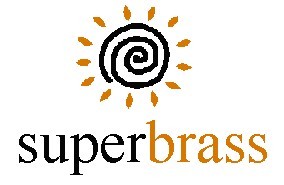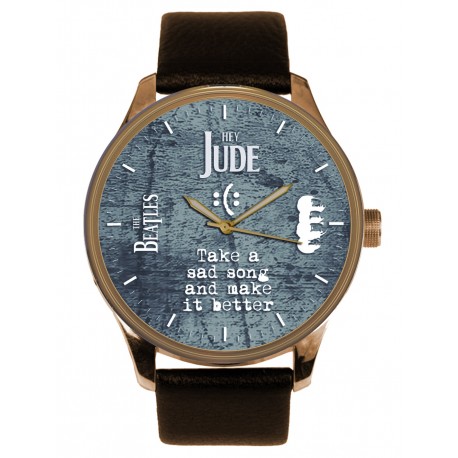The Beatles Facts
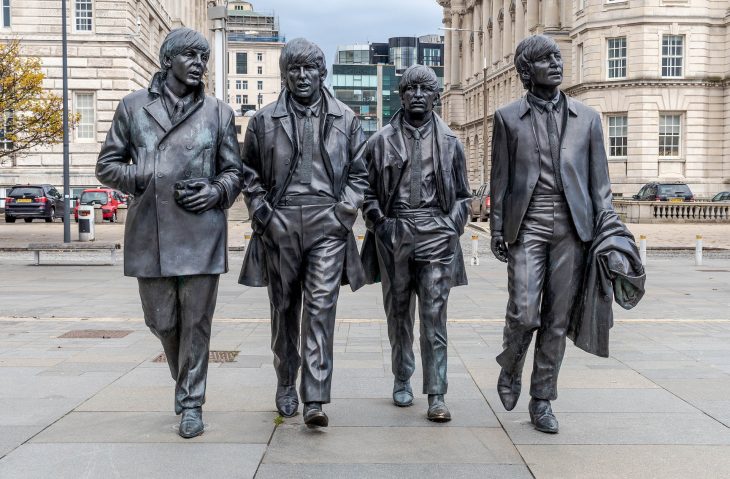
The Beatles is perhaps one of the most recognizable bands in the world. Although they rose to fame in the 1960s, their music still holds a profound impact on contemporary music and culture. With timeless best-selling hits such as Here Comes The Sun, Yesterday, Let It Be, and Hey Jude, this English rock band is highly regarded as the most influential band and people of all time. Rock your newly-found knowledge as you read these fascinating facts about The Beatles.
Some fans speculated that Paul McCartney died in 1966 and had been replaced by a look-alike.
If you’re a fan of The Beatles, you probably have heard the infamous conspiracy theory saying “Paul is dead.” The urban legend claims that McCartney died in a car crash on November 9th, 1966, leading The Beatles to replace him with a look-alike to spare the public from grief. Proponents of this myth reportedly found “clues” embedded within the lyrics, which inspired their fans’ penchant for analyzing their songs.
A popular “clue” to McCartney’s supposed death could allegedly be found in the final section of Strawberry Fields Forever. John Lennon supposedly muttered “I buried Paul,” when in reality, he actually said “cranberry sauce.” The band became aware of this rumor and even went to confuse the listeners on purpose with lyrics such as “the Walrus was Paul” in I Am the Walrus.
Another subject of scrutiny was Abbey Road’s iconic cover. The cover features the four members walking on a zebra crossing, with McCartney the only one who was barefoot. He also was walking out of step with the other members, further fueling the rumors.
In reality, Paul McCartney just remained secluded in Scotland with his family, taking a break from the press. That said, Time magazine included the rumor as one of “the world’s most enduring conspiracy theories” in 2009.
Buddy Holly and the Crickets inspired the band name of The Beatles.
Despite being the biggest name in music, The Beatles weren’t always known as such. In 1957, John Lennon formed a skiffle band in Liverpool that briefly called themselves the Blackjacks. Since another local band had the same band name, they changed it to The Quarrymen.
In 1960, their then-bassist Stuart Sutcliffe suggested the name “Beatals”, after Buddy Holly and the Crickets. They later changed it to the Silver Beetles, then the Silver Beatles, before they settled on The Beatles.
They started out playing in bars and clubs.
Early on in their career, The Beatles were a small-time band mostly playing in bars and clubs. Club owner Bruno Koschmider employed them for a 3½-month contract at his club, the Indra Club in Hamburg, Germany. However, he eventually terminated their contract after learning that they had been performing for a rival club.
The Beatles also played frequently at The Cavern Club in Liverpool, England, where they first met Brian Epstein. Upon seeing their performance, Epstein immediately saw the great opportunities that awaited the band. Eventually, they hired Brian Epstein as their manager in 1962.
READ ALSO: Who Are The Fugate Family and Why Are They Blue
Decca Records rejected The Beatles.
The success of The Beatles wasn’t instantaneous, because they had their fair share of rejections during their career. Most infamously, in January of 1962, The Beatles auditioned for the British record label Decca Records. However, the label rejected the band because one of the executives thought that “groups of guitars are on the way out.” Instead of The Beatles, Decca Records chose the local group Brian Poole and the Tremeloes. The Beatles released some recordings from this audition in their compilation album Anthology 1.
They had their first official recording session at Abbey Road on June 6, 1962.
On June 6th, 1962, the Beatles had their first official recording session at the historic Abbey Road Studios. This session also served as their audition for EMI Studios’ Parlophone label. During this recording, the members of the band were John Lennon, Paul McCartney, George Harrison, and Pete Best. Together, they recorded four songs: Bésame Mucho, Love Me Do, P.S. I Love You, and Ask Me Why. Assistant producer Ron Richards and balance engineer Norman Smith headed the recording, and producer George Martin listened to the recordings later on in the session. After giving them a lengthy lecture on their sound and recording equipment, Martin asked if there was anything the band didn’t like. George Harrison then responded that he didn’t like Martin’s tie. This opened up some humorous exchanges that would eventually contribute to Martin’s decision to sign them up for the label.
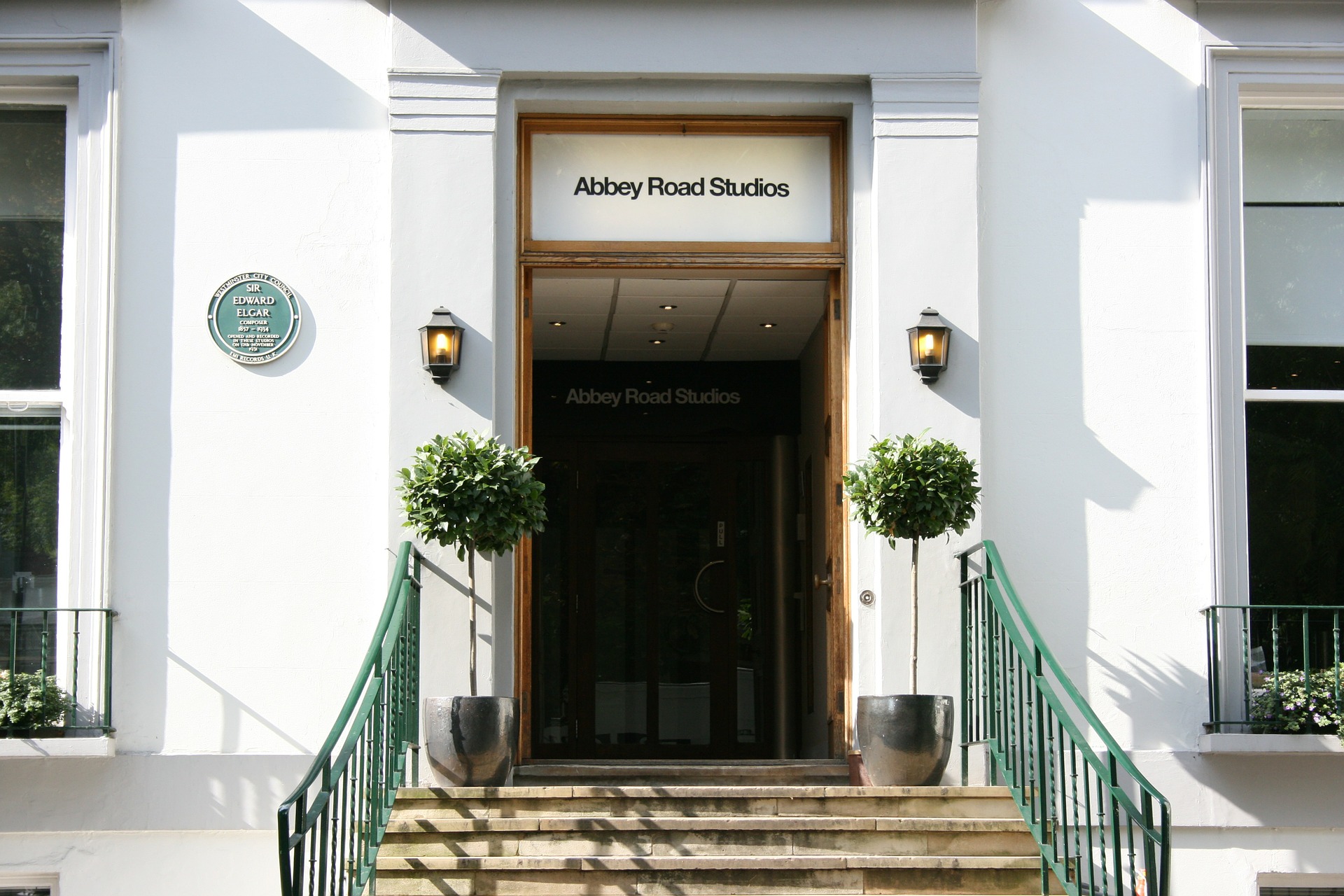 Source: Pixabay
Source: PixabayThey recorded Let It Be before Abbey Road.
While Let It Be was the final album released under The Beatles, they actually recorded the tracks before they recorded the songs in their album Abbey Road. The band released Abbey Road in 1969 and Let It Be in 1970. They had their last studio recording session as a group on August 20th, 1969. Interestingly, the last song they ever recorded together was The End.
John Lennon and Paul McCartney shared equal credits for their songs because of their partnership.
Most of The Beatles’ songs pay credit to Lennon–McCartney because of the songwriting partnership between John Lennon and Paul McCartney. The two songwriters share equal credits for the tracks, even if only one of them wrote the songs. Early on in their career, they would work together extensively, and Lennon even stated that they would work “eyeball to eyeball” to compose the music and lyrics. Later on, however, the pair worked mostly separately with little input from the other person.
According to Lennon, they first had an informal agreement on the partnership when they were around 15 or 16 years old. The earliest song officially credited to Lennon–McCartney was You’ll Be Mine, released in 1960.
The Beatles recorded most of their album Please Please Me in under 13 hours.
One of the most interesting The Beatles facts is that they recorded most of their debut album in less than 13 hours. The band started recording the album at 10 AM and finished at 10:45 PM on February 11th, 1963. More interestingly, John Lennon was nursing a cold on that day, but they still managed to wrap up recording with the hit song Twist and Shout.
John Lennon initially thought George Harrison was too young to join the band.
In February 1958, back when they were the Quarrymen, Paul McCartney invited his friend George Harrison to watch them perform. Harrison immediately wanted to join the band, but had just turned 15 then, which the 17-year-old John Lennon deemed too young. However, Harrison persisted and played the lead guitar part of the instrumental song Raunchy on the top deck of a Liverpool bus. Impressed by his performance, the band eventually took him in as a lead guitarist.
Ringo Starr was the last member to join The Beatles.
In 1962, after the band’s first recording session at EMI Studios, George Martin stated that he was unimpressed with the performance of former Beatles drummer Pete Best. This led to the band dismissing Best and replacing him with another drummer, Ringo Starr. To join The Beatles, Starr left the band Rory Storm and the Hurricanes, becoming the last member to officially join the band.
Astrid Kirchherr took the band’s first semi-professional photos.
Originally, The Beatles was a five-piece band with a line-up consisting of John Lennon, Paul McCartney, George Harrison, Stuart Sutcliffe, and Pete Best. Astrid Kirchherr was the first person to take semi-professional photographs of the original members early on in their career in Hamburg. Kirchherr was also Stuart Sutcliffe’s fiancée, who cut his hair in the “exi” style that the other members would eventually adopt.
None of the members were even 30 years old when The Beatles broke up.
The iconic band broke up due to a lot of different factors, including “personal differences [and] business differences,” according to Paul McCartney. By 1969, things were getting quite rocky for the Fab Four. In September of that year, John Lennon privately announced to the other members that he’ll be leaving the band, although he was unclear whether it was temporary or permanent.
Similarly, McCartney publicly announced that he will no longer be working with the band by April of 1970. By that time, none of them were even 30 years old. The oldest of the bunch, Ringo Starr, had only been 29 at that time.
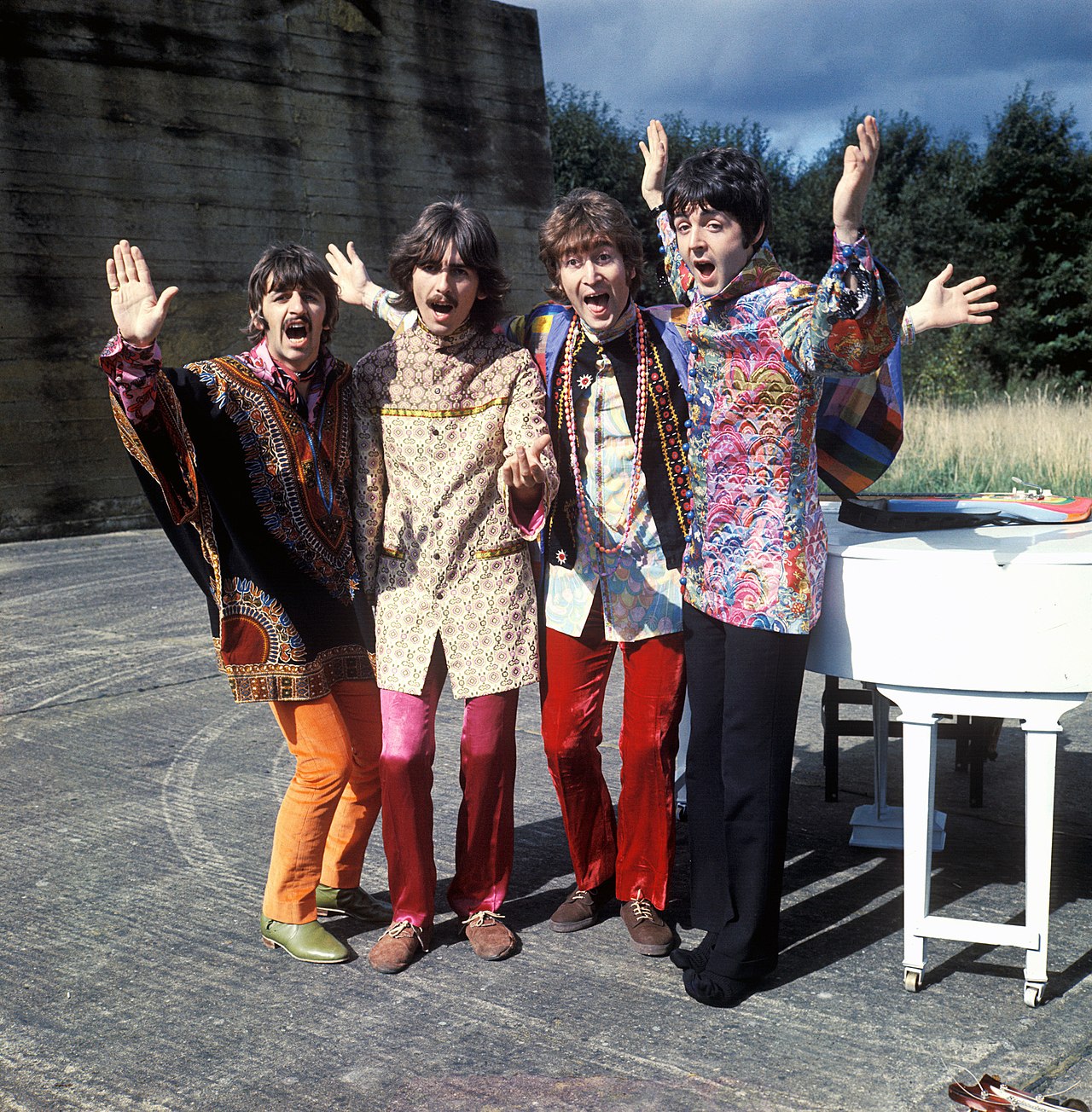 Source: Parlophone Music Sweden / Wikipedia
Source: Parlophone Music Sweden / WikipediaNone of them could read sheet music.
With their award-winning and chart-topping music, it’s no surprise that each of the Fab Four has a natural musical prowess. One of the most surprising facts about The Beatles, however, is that none of them could read sheet music. Paul McCartney himself disclosed that none of his band members could read or write music and that he doesn’t understand music theory.
The capitalization of the “The” in their band name is up for a lot of debate.
When it comes to writing the “The” in “The Beatles,” a lot of people debate on whether or not the T should be capitalized. On one hand, John Lennon himself used the lowercase t to describe the Beatles, reflecting a stylistic expression of the band name. Meanwhile, those who advocate for the capital T state that the capital would be more grammatically correct because of the rules regarding proper nouns.
The Beatles’ Yesterday inspired the most cover versions of any song.
It’s no secret that Paul McCartney’s song Yesterday is one of the band’s most popular songs even to this day, and you might have heard a couple of different versions of this particular song. In fact, Yesterday inspired more than 2,200 cover versions, more than any other song in their discography.
The Beatles heavily influenced the counterculture of the 1960s.
During the 1960s, the cultural phenomenon of the counterculture spread widely throughout the West. The counterculture entailed widespread talks of sexuality, civil rights, women’s rights, anti-establishment beliefs, and the use of recreational drugs.
With hippies and other alternative lifestyles emerging in the rise of this cultural phenomenon, The Beatles played a key figure to these trends. They fully embraced the creative, carefree culture that inspired various movements such as women’s rights, gay liberation, and environmentalism.
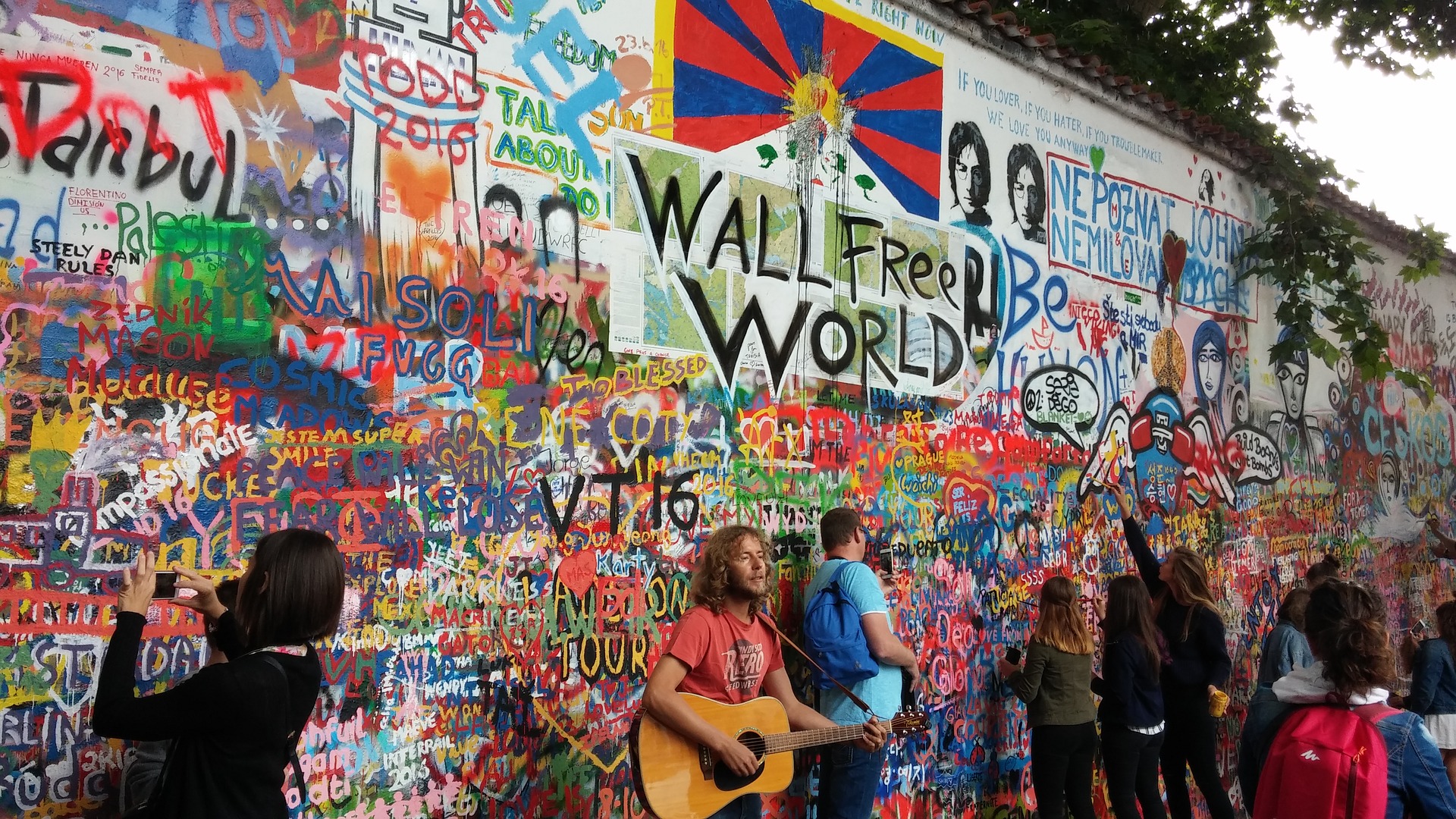 Source: Pixabay
Source: PixabayJohn Lennon grew up near an actual place named Strawberry Field.
In writing the song Strawberry Fields Forever, John Lennon recalls playing in the garden of a Salvation Army children’s home near his childhood home in Liverpool. The property’s name was Strawberry Field, which later became a pilgrimage site for the band’s fans following the fame of the song it inspired.
Their arms on the cover of Help! does not actually spell “help” in semaphore.
Originally, cover photographer Robert Freeman wanted the cover of Help! to feature The Beatles spelling out HELP in flag semaphore. Upon taking the photographs, however, Freeman stated that the arrangement wasn’t visually pleasing enough, so they rearranged the arms to capture a more visually-appealing photograph. They ended up spelling a gibberish word, NUJV — but at least the cover looked iconic!
George Harrison was sometimes described as “the quiet Beatle”.
Whenever he performed on stage, George Harrison often looked focused and serious. Moreover, he was less outspoken in the media than the other members of the band, leading many to describe him as “the quiet Beatle”.
However, his reputation as “the quiet Beatle” started when they arrived in the US in 1964. Harrison was nursing a case of strep throat and a fever, and his doctor advised him to limit speaking before their scheduled appearance on The Ed Sullivan Show. The media took notice of this and gave him that nickname, much to his amusement.
George Harrison embraced Indian culture and incorporated Indian music in their songs.
When they were filming a scene in an Indian restaurant in London for their movie “Help!” in 1965, George Harrison took notice of the musicians playing Indian instruments. Most notably, he started to take interest in the sitar and Indian classical music.
He eventually learned sitar from sitar maestro Ravi Shankar and incorporated various aspects of Indian music in The Beatles’ songs. Harrison introduced his sitar-playing in their song Norwegian Wood, opening up a “Great Sitar Explosion,” as described by Shankar.
They once wanted to buy a group of private islands in Greece in the hopes of living there together.
In the summer of 1967, the band wanted to buy a set of islands in Greece. They were hoping to live and work there together with their friends and family. The group even went as far as applying to the Greek government for permission, but they ultimately didn’t go through with the purchase of the islands.
